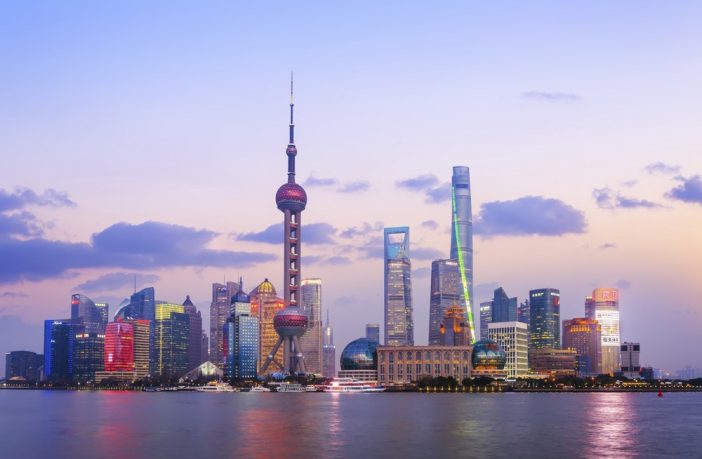- All developed megacities, except Osaka, will become trillion-dollar economies in 2025 with Tokyo leading the trillion-dollar club with expected GDP of $2.05 trillion.
- However, a new study by Globaldata determines that emerging megacities will show the biggest growth.
- By 2025, seven emerging cities will have GDP over $0.5 trillion.
- Distinguishing factors are emerging middles class, higher education levels and younger populations.
Out of 44 megacities in the developing world, GlobalData has identified 26 cities that will outperform developed megacities by 2025.
The company forecasts that the share of emerging mega cities to the world’s gross domestic product (GDP) will increase from 7.2% in 2018 to 8.3% in 2025 while the share of developed megacities to the world GDP will decline from 8.1% to 6.8% during the period.
All developed megacities, except Osaka, will become trillion-dollar economies in 2025 with Tokyo leading the trillion-dollar club with expected GDP of $2.05 trillion, followed by New York ($1.96 trillion), Los Angeles ($1.20 trillion), London ($1.12 trillion) and Paris ($1.09 trillion) in 2025.
However, the maximum growth will come from cities in the developing world.
By 2025, seven emerging cities will have GDP over $0.5 trillion. Shanghai will lead the table with GDP close to $0.85 trillion, followed by Beijing ($0.78 trillion), Mexico City ($0.68 trillion), Shenzhen ($0.67 trillion), Chongqing ($0.61 trillion), Guangzhou ($0.57 trillion) and Moscow ($0.52 trillion).
Riding on the back of good economic growth, emerging cities from India are expected to show maximum growth between 2018 and 2025 with Mumbai registering the fastest growth of 126.3%, followed by Hyderabad (109.8%) and Bangalore (105.5%) during the same period.
Tarun Bisht, an economic research analyst at GlobalData, says: “Emerging mega cities have a demographic advantage over developed mega cities as the population in emerging megacities is significantly younger than developed mega cities. Increased education levels and employment opportunities have led to the rapid urbanisation of emerging mega cities which is boosting consumption as people move to cities and join the growing consuming class.”
The working-age population of emerging megacities is expected to grow at 8.3% between 2018 and 2025, compared to 1.0% growth of developed mega cities during the same period. Furthermore, rising prosperity in these cities has also enabled the emergence of a new wave of middle and affluent consumer classes, which aspire for better standards of living.
Consumer spending in emerging megacities is approximately $4.2 trillion purchasing power parity (PPP) and GlobalData expects this amount to increase to $6.3 trillion (PPP) by 2025, with 44% of it coming from these large cities in China and India. Moreover, these megacities will be home to approximately 109.2 million households with an average income of more than 20,000 Int’l$ (PPP) by 2025.
Bisht concludes: “Though emerging megacities have taken major strides in improving some of the key metrics of development such as education level, life expectancies, infant mortality and gender inequality; employment generation, poverty reduction and monetary inequality still remain a major challenge for sustained economic growth.”
Author: Nicolette Pombo-van Zyl
This article was originally published on ESI Africa and is republished with permission with minor editorial changes.















